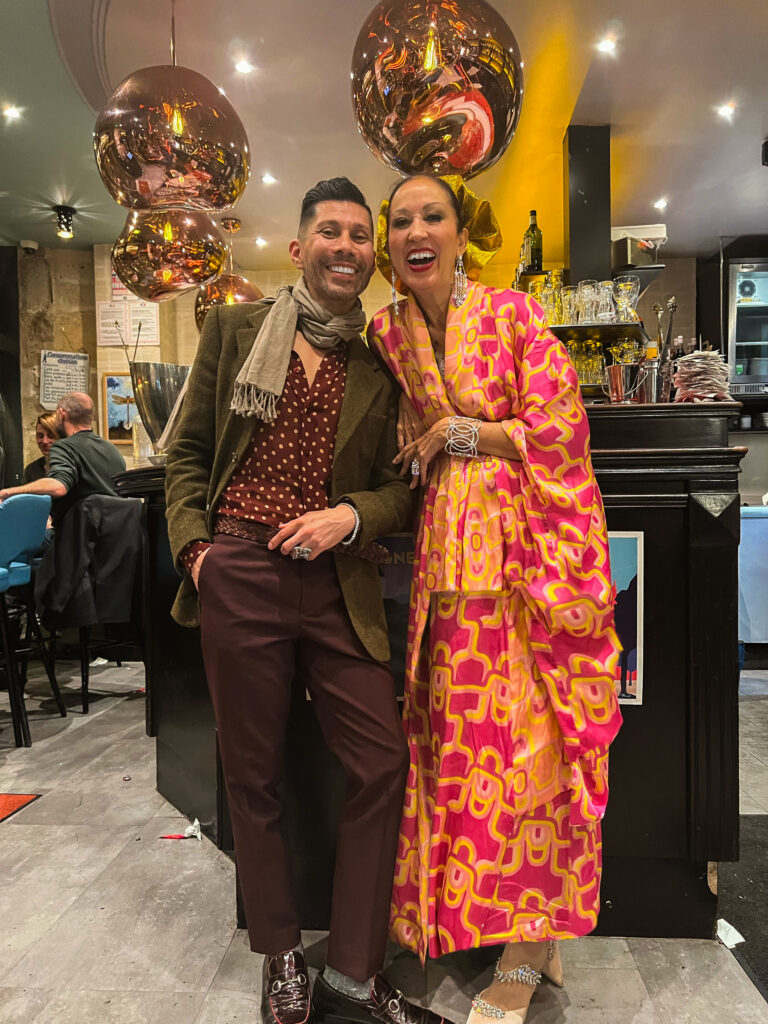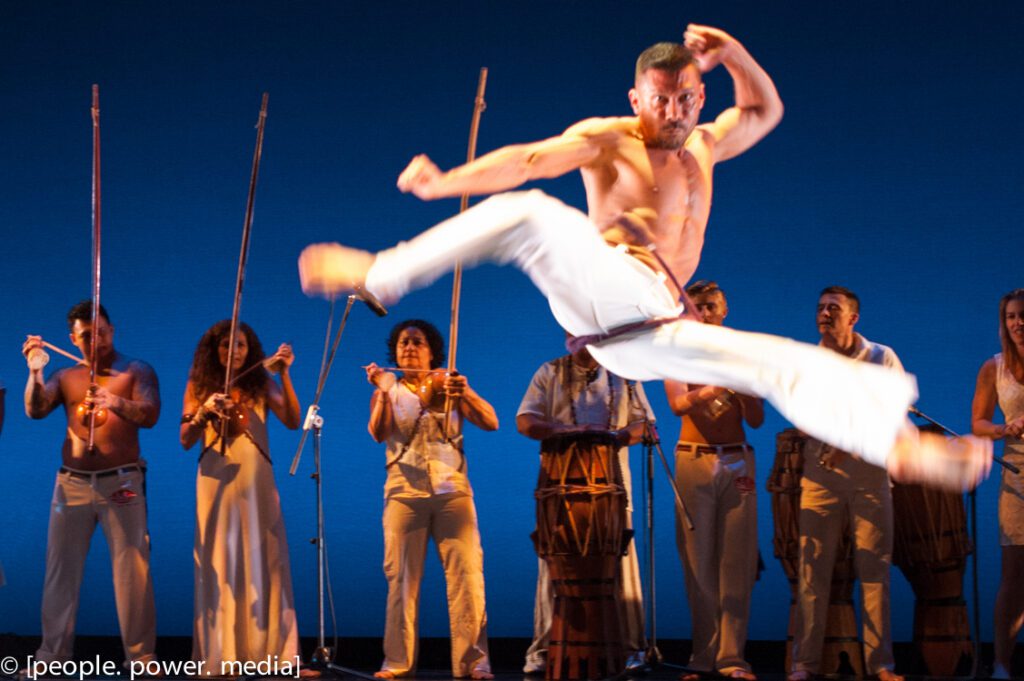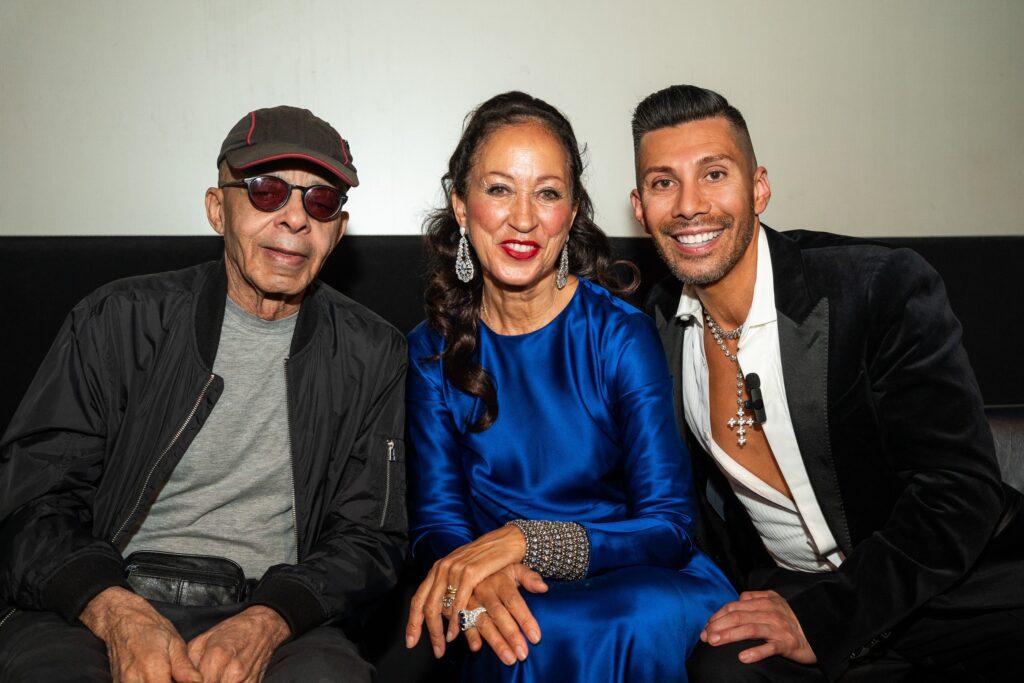Fashion is an expression—it could be art. Some would say it is art, but that is a huge debate. My style depends on how I feel
An award-winning fashion film maker, producer, and director, famed and revered stylist (and capoeira martial arts master) Antonio Contreras started his storied career in fashion with Gap Inc. where he continues to contribute today. Allowing the city’s gritty, beautiful vibe and eclectic denizens to inform his work, the talented artist continues to work with Banana Republic and its relaunched new look, as well as tell the story of fashion through his evocative and moving films. We chatted with him to find out more.
HL: Tell us about your job. What exactly do you do and what is it like?
AC: I write, direct, and produce films. I tell stories through fashion, art, and moving pictures. Being able to amuse, inform, and provoke reactions among those who watch is an incredible feeling. Art is completely open to interpretation.

HL: When did you decide to become a stylist and work in fashion, and how did you arrive at this point in your career?
AC: In 2008 after a very successful career as a personal stylist, I retired to teach Brazilian martial arts: capoeira. I felt like the world of fashion had shifted and shopping behaviors had changed. Also, Alexander McQueen’s death made me feel I had nothing to say anymore in fashion. I dove deeply into the world of martial arts, becoming the first openly gay male to be among the world’s eight best and the USA’s best capoeirista. Facing homophobia and discrimination was too much, though. Luckily I had just been approached to make a short documentary film called Antonio’s Closet, a reportage. They wanted me to show my fashion collectors’ items and the archival pieces I had in my closet.
HL: What happened then?
AC: The film won the Founder’s Award at the Miami International Fashion film festival in 2013. You see, fashion saved my life. After that, I started to make fashion films. I had plenty of connections and friends from my past life in fashion, who wanted to collaborate in this new genre—fashion films. But I also needed funds to be able to produce, so I returned to retail, now in a new capacity. Many years in the business gave me insight. Of course, I also had the fortune of having met a lot of fashion designers: Manolo Blahnik, Steffano Pilatti, Zac Posen, Oscar de La Renta, Ralph Rucci—to name a few.

HL: Tell us about Banana Republic and how it has changed since you’ve been with them.
AC: It is at this particular moment of my life, writing and directing fashion film, that I was approached by Banana Republic. Fun fact: dressing mannequins for them was my first job in the late 1990s. When my friends and clients heard I was back in Union Square, they started coming to see me. At this point—2022—Banana Republic was undergoing a much-needed facelift.

HL: Tell us more.
AC: The brand was becoming very appealing to a different crowd. We called it the “Banana-ssaince .” It was then that I threw a party at the new 2 Folsom Street store, an iconic location for Gap Inc. I invited a fantastic crowd of local glitterati and dressed everyone in what I call “BR chic.” This party was a wild financial and social success.
HL: We understand that Sandra Stangl, CEO and president, appointed you “Senior Wardrobe Consultant of the West” after that party.
AC: Yes. Sandra’s vision transformed the brand. She elevated the product with a more minimalistic, sophisticated look. My job’s mission is to excite both our clients and our army of client advisors about our products and to teach them how to pull the look together.
HL: What makes someone a good stylist? And what is your advice for someone who wants to work in the fashion industry?
AC: Know your history. Like in everything else, you have to know where you come from to know where you are going. Know your ABCs in fashion!
HL: How would you describe your own style?
AC: Fashion is an expression—it could be art. Some would say it is art, but that is a huge debate. My style depends on how I feel. I really have fun with fashion. I like to always be different from what I was the day before. Fashion allows us to change and show different perspectives.
HL: When setting up for a shoot, what goes through your mind?
AC: I always need to know what my genre is going to be. When making a movie, styling for a shoot, or just styling someone, I need to know what this is for. I need a story with a beginning, a middle, and an end—always with a cliffhanger.
HL: What is something you are working on right now that you love?
AC: I’ve been working with fashion icon Pat Cleveland—a real treasure. We began collaborating after I finished my film with Tanel Bedrossaintz, Jean Paul Gaultier’ muse. I wanted to tell Pat’s story from her perspective—and The Girl From 7th Avenue has been a big hit. Her daughter, Anna, has been incredibly helpful.
HL: Which people and places in the Bay Area have inspired you?
AC: Though I grew up in cosmopolitan Mexico City, homosexuality was not well tolerated. San Francisco provided me with a great sense of freedom and affirmation. The club scene was amazing. There, I met artists like Jerome Caja, Leigh Bowery, Veronica Klaus, and legends like Wilkes Bashford—not to mention icons like Red Man (the guy who hung out in Mission, dressed all in red with a red painted face) and White Lady (the woman who dressed in white, often carrying a doll and flowers). Places that inspired me include Club DV8 with those amazing Keith Haring Murals, Club Uranus which pushed the limits of bad taste and great art, Colossus, Esta Noche, The Giraffe, Cocktails, and Tosca. Stores like Ralph Davis, Wilkes Bashford, Ultimo, and MAC all were fantastic. San Francisco in the 1990s was everything.
